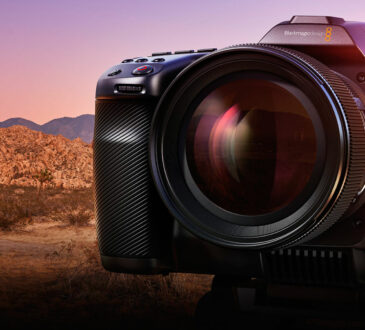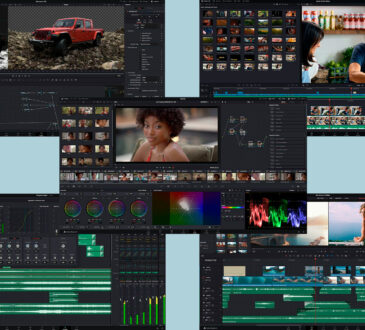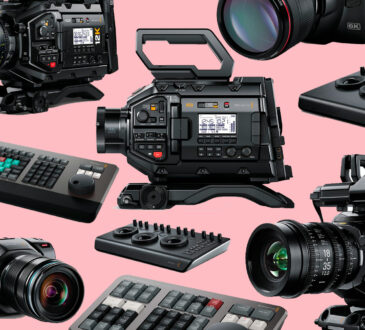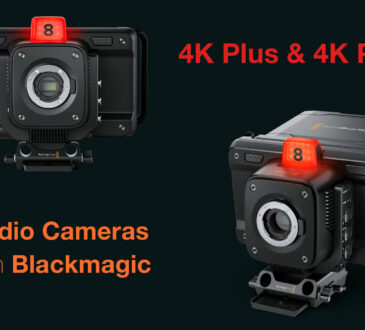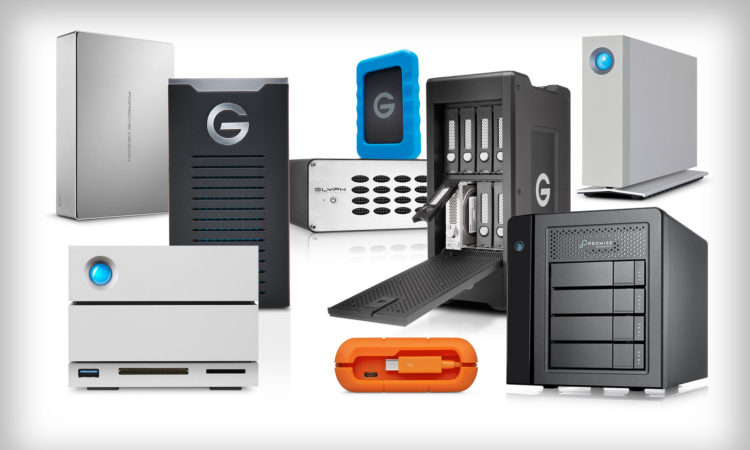
The Ultimate Guide to External Hard Drives
External Hard drives have massively increased in popularity in this digital age, whether it’s for simple back-up purposes, additional storage or the need to transport large digital files from one location to another. Often, modern day laptops and notebooks ship with a Solid State Drive (SSD), partly as the smaller size (2.5”) allows the manufacturer to keep the size and weight down, and partly because they are blazingly fast compared to their full size (3.5”) spinning cousins. However, the smaller size and increased performance comes at a cost and not just in pounds and pence; SSD’s are now available in sizes larger than 1TB, however laptops and some desktop machines often only ship with either 250GB or 500GB internal drives. This causes a problem when we all have thousands of pictures, movies and songs that we’ve accumulated over the years. This is where external hard drives come into play. But with a multitude of sizes, shapes and connections available where do you start? Thankfully, we’re here to break down all the things you should consider when purchasing an external hard drive.
Does size matter?
Contrary to what you’ve been told, size definitely does matter. When considering a new drive to complement your laptop or desktop computer you should always give yourself plenty of space to grow over time. You may think that a terabyte (TB) is huge but you’d be surprised how quickly you can fill a 1TB hard drive. In days gone-by a terabyte was something only the pros would consider, however as our digital footprint has expanded and the price of storage has come down, the terabyte is commonplace amongst us all.
What about connection to my computer?
Technology moves forward quickly in the computer world. There was a time where every computer would have a USB connection and although it might not have been the fastest way to transfer data, you could be safe in the knowledge that you’d at least be able connect your hard drive to your computer over USB. Whilst that’s still the case, USB as we know it has changed. Once upon a time there was USB 2.0 with its familiar flat connector that was impossible to get the right way round first time. In the late 2000s USB 3.0 was released, this gave a huge boost in performance compared to its predecessor, however most users weren’t able to take advantage of this, as unless you upgraded your computer you were stuck with the slower bandwidth. Nowadays, USB 3.0 is commonplace and a preferred method of connecting a hard drive to your computer. There are literally hundreds of USB 3.0 hard drives available from a whole host of manufacturers, some of our best-selling ones include the G-Technology GDRIVE or LaCie d2 – USB 3.0 Hard Drives are a great starting point for a lot of people.
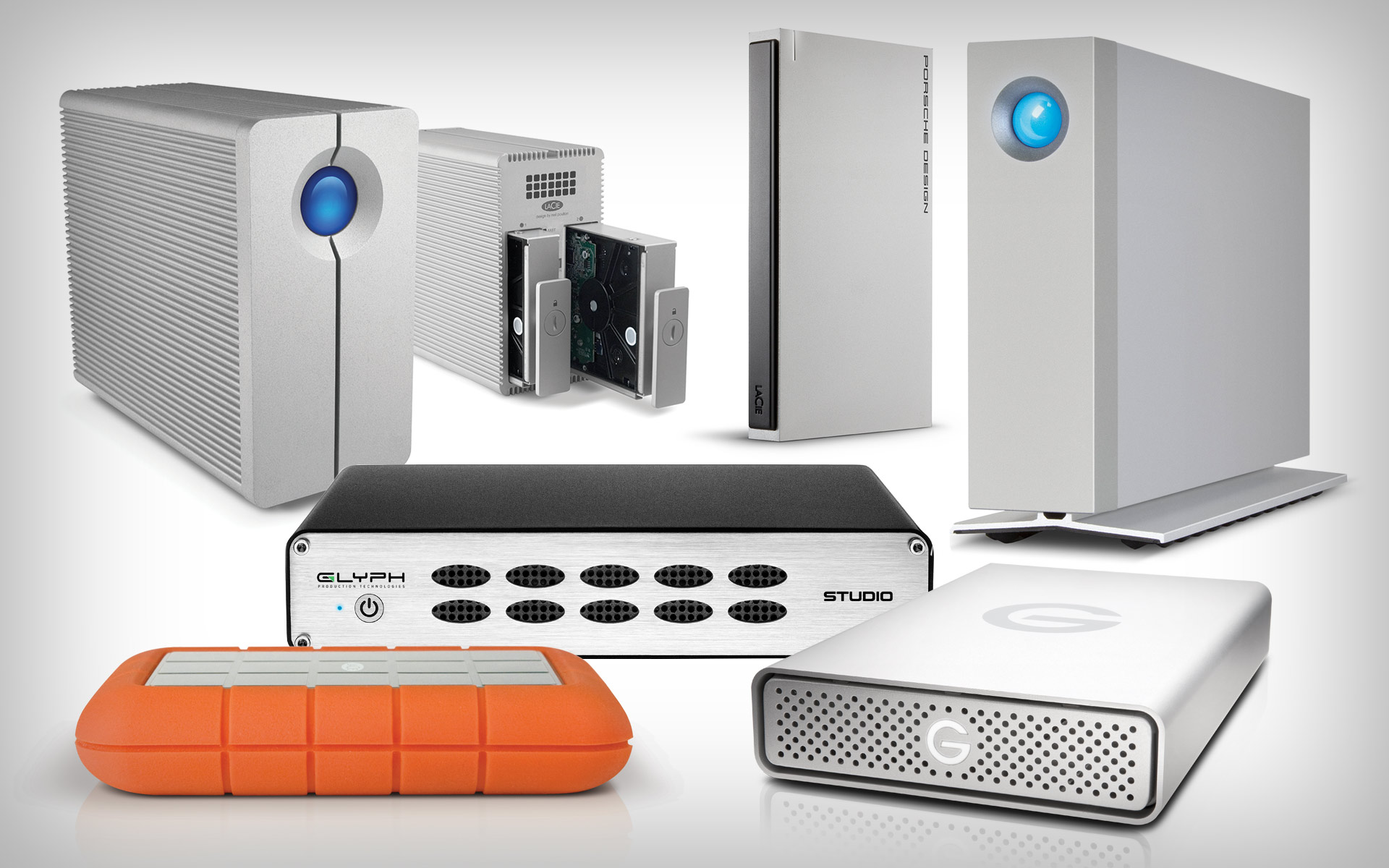
Click here to shop all USB 3.0 Hard Drives
However, there’s a new kind of USB in town. USB 3.1 offers yet another boost in performance and this very fast protocol has a new reversible connector that it shares with another technology called Thunderbolt 3 (more on this later). Apple has quickly adopted the Type-C connector, so if you have a 2016 or later MacBook Pro, MacBook or iMac then you can take advantage of the incredibly fast speeds that USB 3.1 with a Type-C connector can offer. At the time of writing USB-C drives are a little limited but some options include LaCie Porsche Design Desktop or GDRIVE USB-C.
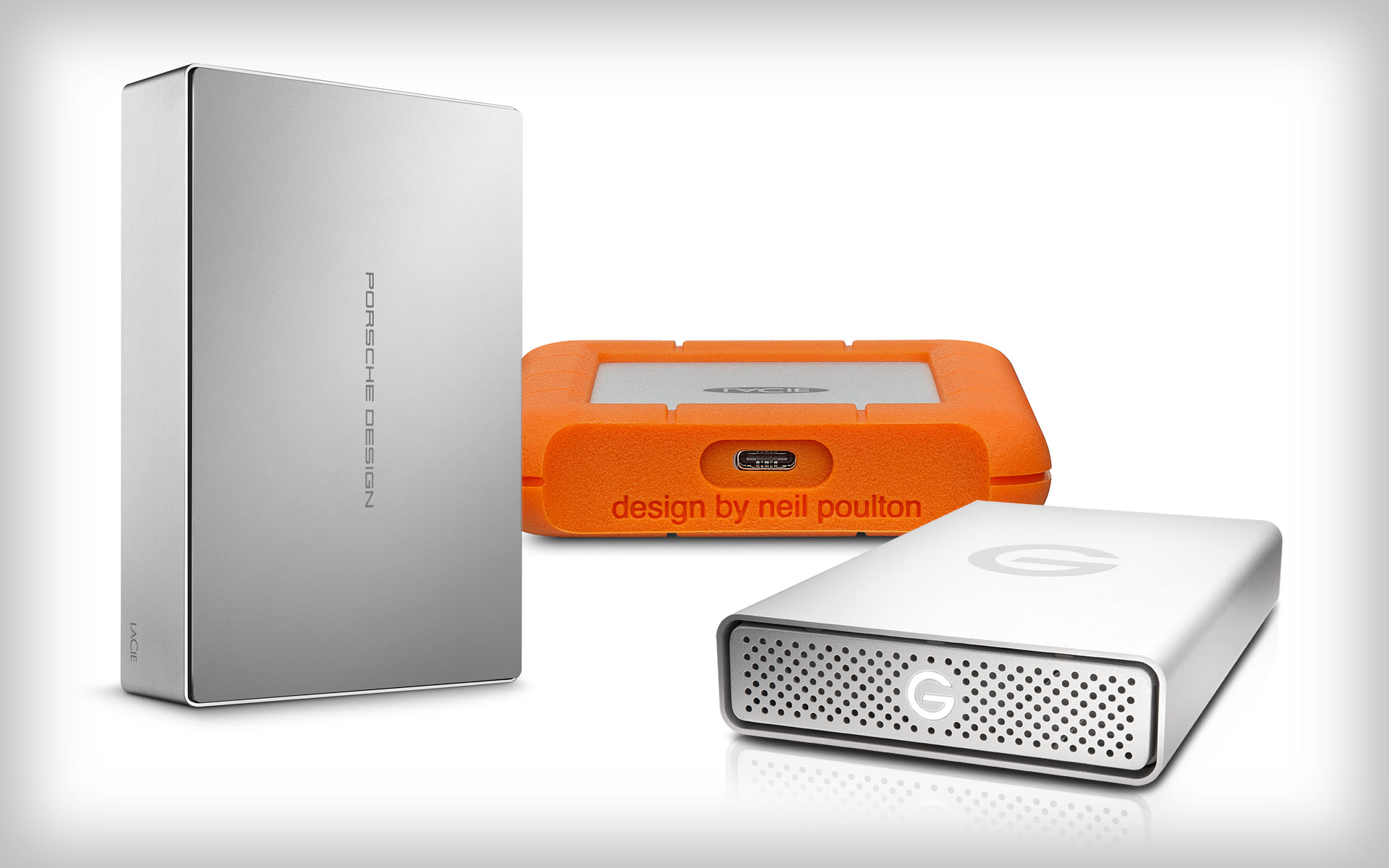
Click here to shop all USB-C Hard Drives
What about Thunderbolt?
I’m glad you asked. Thunderbolt is a technology that has been developed by Intel and offers lightning fast speeds for a whole host of computer devices. From audio and video interfaces, to Ultra HD 4K monitors to external hard drives, Thunderbolt data transfer rates are at least double those of USB, so if speed is a factor Thunderbolt is well worth considering. Some excellent Thunderbolt 2 drives are the GDRIVE Thunderbolt, LaCie d2 Thunderbolt and Glyph StudioRAID. Intel and Apple have worked closely to make Thunderbolt a standard across the entire spectrum of workstations, so you are still more likely to own an Apple computer with a Thunderbolt port but there are many Windows based PCs that come equipped with the format. As previously mentioned Thunderbolt 3 is now here, which again doubles the transfer rates offered by Thunderbolt 2 – the speed here is mind-boggling. All the major manufacturers have released Thunderbolt 3 hard drives, our faves are G-Technology & LaCie .With the introduction of Thunderbolt 3, Intel changed the connection by ditching the old 6-sided shape of Thunderbolt 1 and 2 and adopting the USB Type-C reversible connector we spoke about earlier with USB 3.1. This bold move takes us a step closer to having a universal connection for multiple technologies and is very exciting. It’s quite possible that soon we’ll have a one-size-fits-all connection on all new laptops and computers and even smart-phones. Because USB-C and Thunderbolt 3 share the same connector you have to be a little careful – Thunderbolt 3 ports can handle both Thunderbolt and USB devices, however computers with USB (Type-C) only will not be compatible with Thunderbolt devices. Thunderbolt ports are always identifiable by the lighting bolt icon.
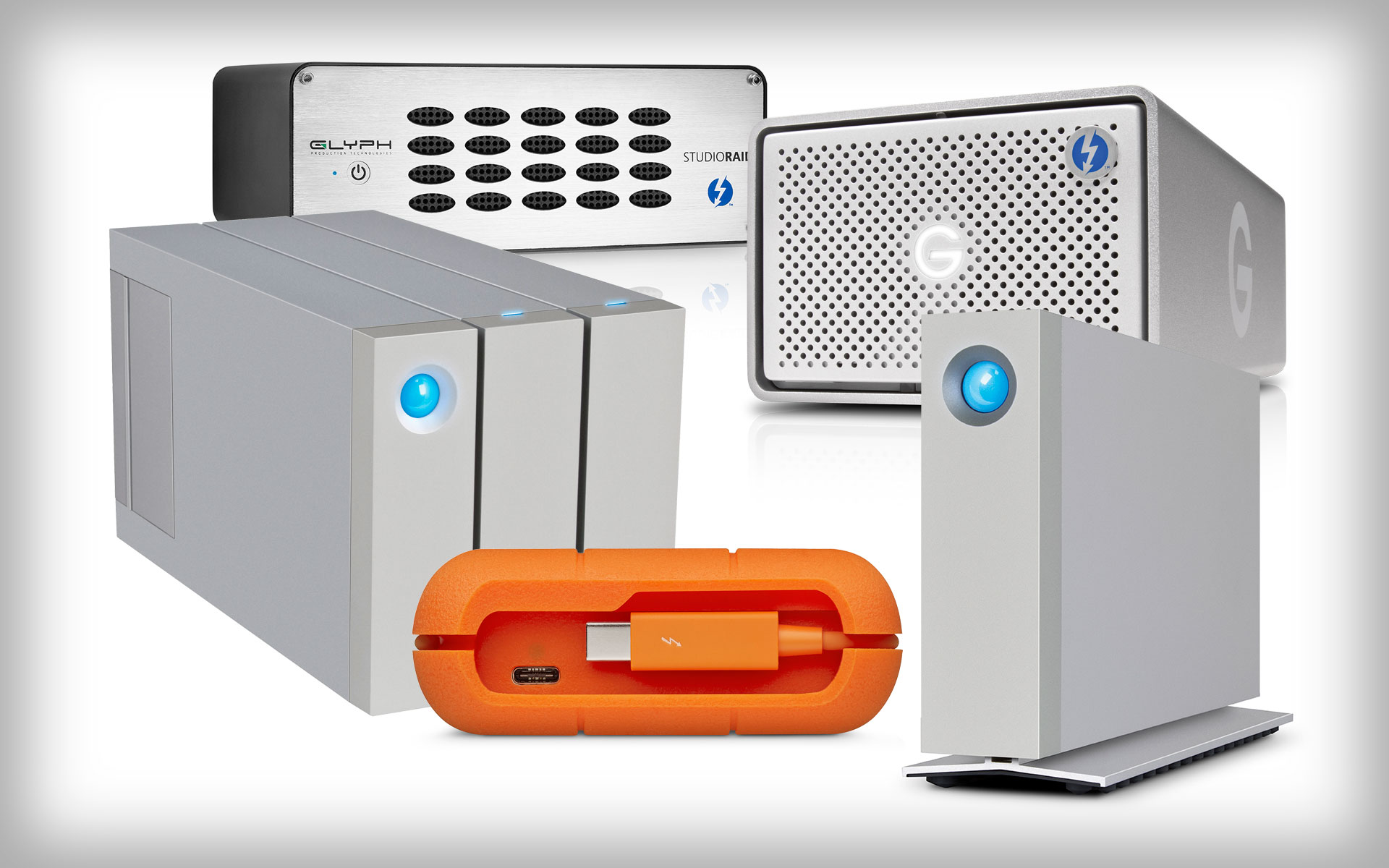
Click here to shop all Thunderbolt Hard Drives and here for Thunderbolt 3 Drives
Is there any other connection I should consider?
Unless you are a pro who has added PCIe cards to your system the need for any other connection to a hard drive is very unlikely. However some of you will have older computers that still work perfectly fine that you need to connect current drives to. The (now end of life) Apple Mac Pro Tower for example is a solid workhorse that many of our customers still have and is still going strong. For many these machines were purchased before Apple added either Thunderbolt or USB3.0 to their line-up, however the slow USB 2.0 is just not an option. The solution is to either add a USB 3.0 card to your Mac Pro if you have spare PCIe slots, or to connect over FireWire 800. This now-dropped connection is still available on some drives and is a viable option. For the purposes of this guide we’re not going to talk about eSATA or any other connections however we do sell these on our site – click this link to browse the collection.
OK, I know about size and connections, what else should I consider?
Let’s talk about RAID
RAID (Redundant Array of Independent Disks) put simply is the process of combining multiple hard drives to achieve a specific aim. For example you can set up a RAID for added security or increased performance or both. We will outline the most common RAID set-ups below. RAID arrays require a minimum of two disks or more and you should always check the specs before buying to ensure that certain RAID modes are possible.
JBOD – The acronym JBOD meaning ‘Just a Bunch Of Disks’ is not strictly a RAID configuration as it does what it says on the tin. The individual disks are not linked to each other and offer no additional benefits. Unlike RAID set-ups a JBOD configuration will usually appear on the desktop as individual drives.
RAID 0 – RAID 0 is the process of ‘striping’ drives together for added performance. Two or more drives can be set up in this way. Because data is written to each drive separately you will see an increase in read and write speeds. However this is also its main drawback. Because data is written to multiple drives separately, if one of the disks were to fail then it’s likely that the data will not be recoverable.
RAID 1 – RAID 1 mirrors the data across two or more drives for added security. If one drive were to fail then you still have the other drive as a back-up. The major drawback to RAID 1 is that you lose 50% of the sum of the total capacity. Meaning if you have 2 x 1TB disks set up in a RAID 1 then you are reducing the overall capacity from 2TB to 1TB.
RAID 5 – RAID 5 is a mix of RAID 0 and RAID 1 and offers both speed and data redundancy. A RAID 5 set-up requires a minimum of 3 disks. If one of the disks in a RAID 5 fails then the data can be restored from the remaining disks. This method uses approximately one-third of the available capacity.
The likes of RAID 6 and RAID 10 (and beyond) are usually reserved for large file storage servers.
I work in Pro Audio, Video or Photography where speed is critical
Once we step into the world of creative professional use we have to consider the speed of the drive(s) we are using. For example, if you are recording, editing or playing-back digital media with pro applications such as Pro Tools, Logic, Final Cut X, Premiere Pro, DaVinci Resolve etc then it’s crucial that your drive has the read/write bandwidth to keep up. In this case you’ll almost always need a hard drive that spins at 7200 rpm as opposed to 5400 rpm. Most bus-powered drives i.e ones that draw power through the connection to the computer rather than a dedicated power-supply, will not be sufficient. The majority of desktop hard drives will spin at the higher speed but again its worth checking before buying. The alternative is to look at SSDs. As we outlined earlier SSDs offer improved performance over spinning drives and are a perfect option for when you want a fast but portable drive – popular SSDs include GDRIVE ev RAW that connects over USB3.0 and the LaCie Rugged that connects over Thunderbolt 2. When SSD’s have USB3.1 and/or Thunderbolt 3 connectivity the speeds are off the charts. For example both the Glyph ATOM SSD and the GDRIVE R-Series offer incredible speeds in a drive that easily fits into your pocket. Again, the drawback with SSD’s is the capacity limits as well as the additional costs.
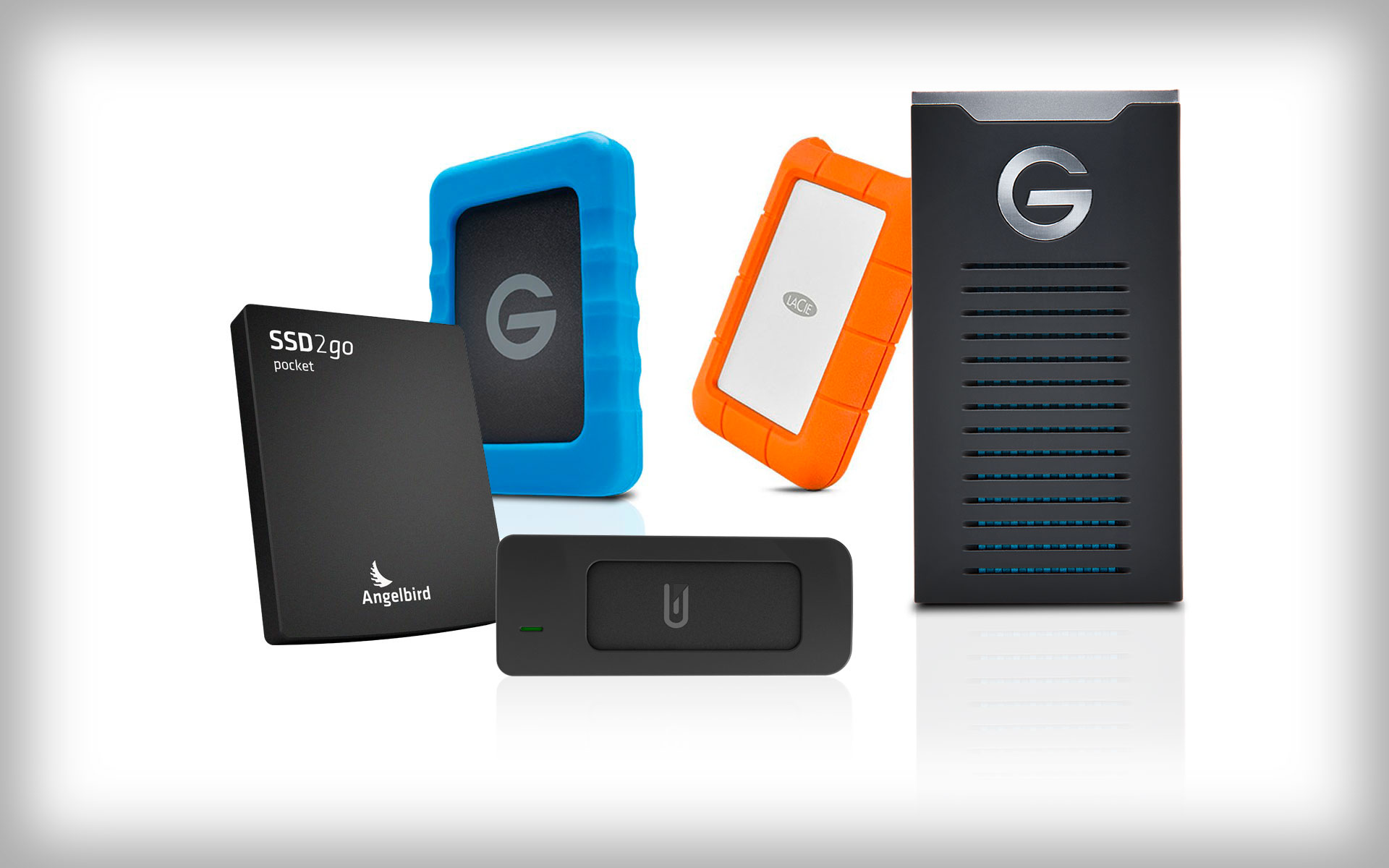
Click here to shop all SSD Drives
Hubs/Docks
Another option you may want to consider are devices that combine both storage and other connectivity, especially if you own any of the new Apple laptops. From a single cable you can connect a hub or a dock that instantly add an incredible amount of connections including USB, Thunderbolt, FireWire, eSATA, Ethernet and also audio/video connections. The LaCie 2big Dock offers USB3.0, USB 3.1, Thunderbolt 3, SD Card, Compact Flash and DisplayPort connections all from a single USB Type-C connection as well as upto 20TB of storage with RAID 0, RAID 1 or JBOD configuration. Whilst the Sonnet Echo 15+ offers USB3.0, Thunderbolt 2, FireWire 800, eSATA, Gigabit Ethernet, Audio In/Speaker ports as well as options for either Blu-Ray Burner, Blu-Ray Player, DVD Burner or no Optical Drive. With the no Optical Drive option you can even add an additional 2.5” SSD drive taking the total possible drive options to three 2.5” or one 2.5” drive and one 3.5” drive.
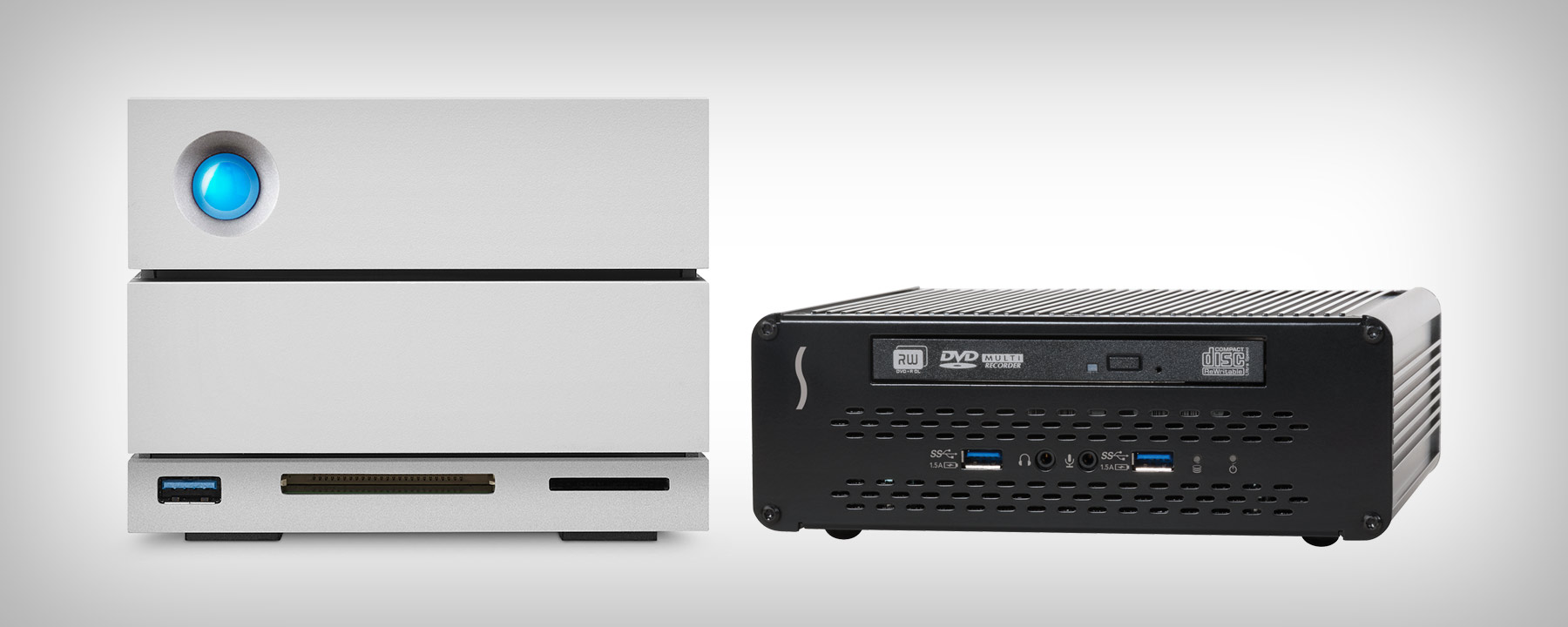
So there you have it, we now know that size is important and that you should always leave yourself with room to expand, connections differ in both speed and availability to your specific computer and we even know how to add protection or boost performance for our drives if available.
Still have questions about purchasing a new hard drive or think we’ve missed anything? We’d love your feedback so please leave a comment below or feel free to get it touch to have a chat about what hard drive will best suit your needs.
As always we’re available over email [email protected] or 020 3137 2901
